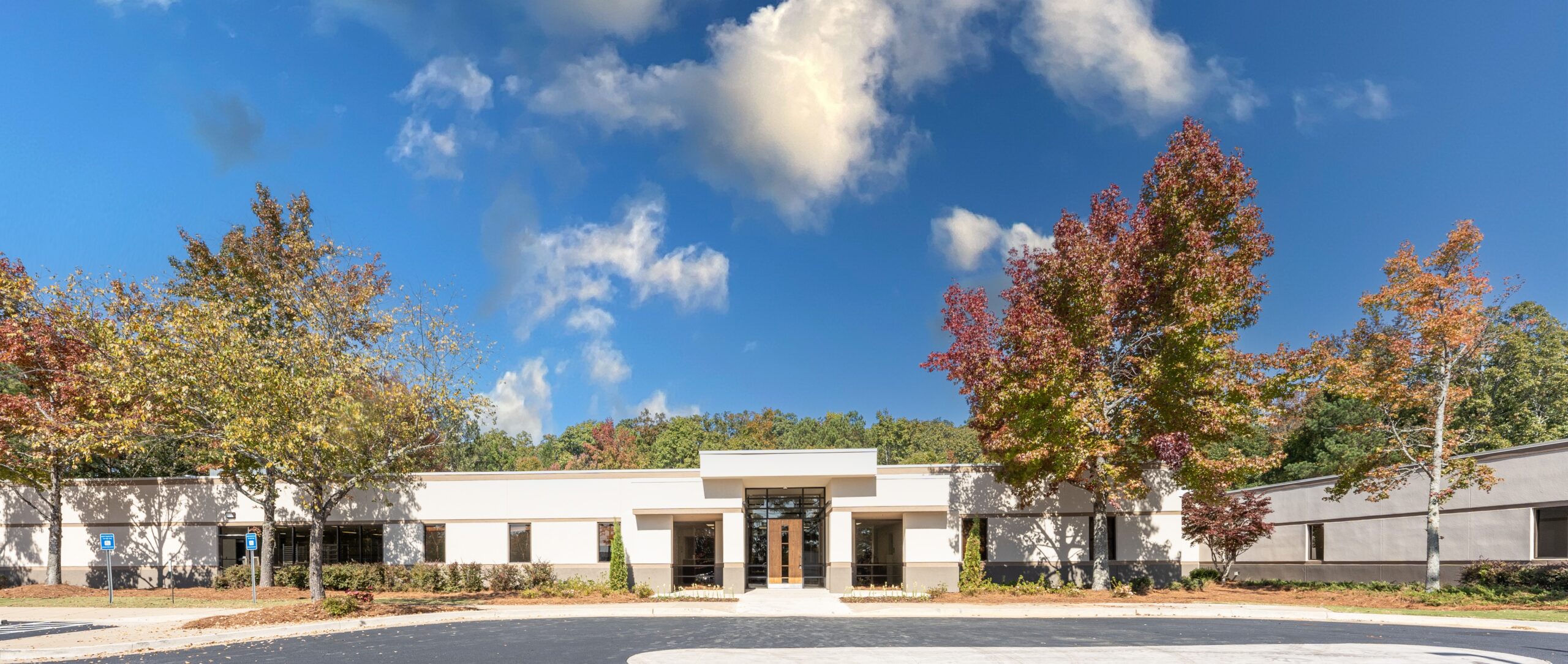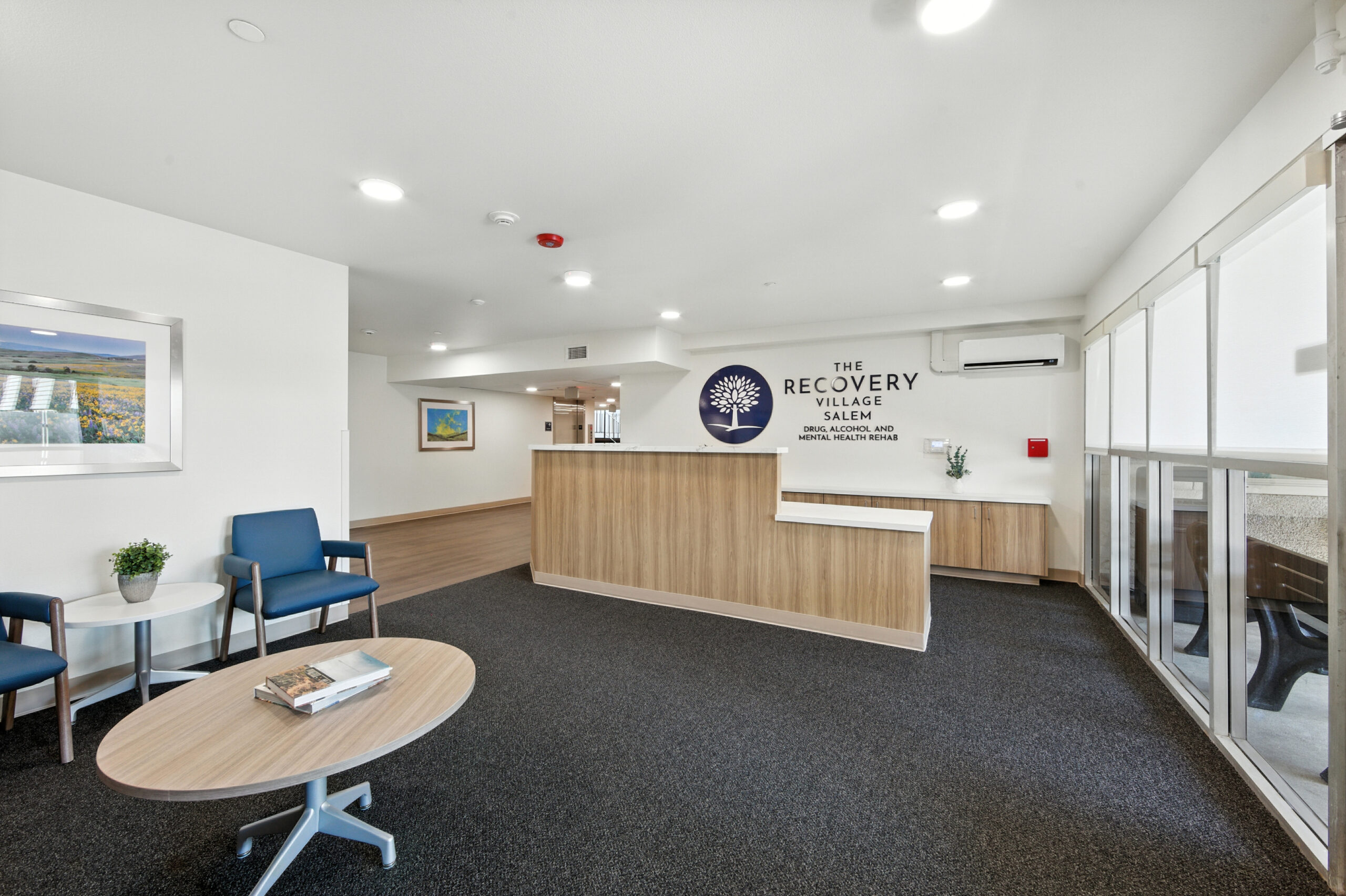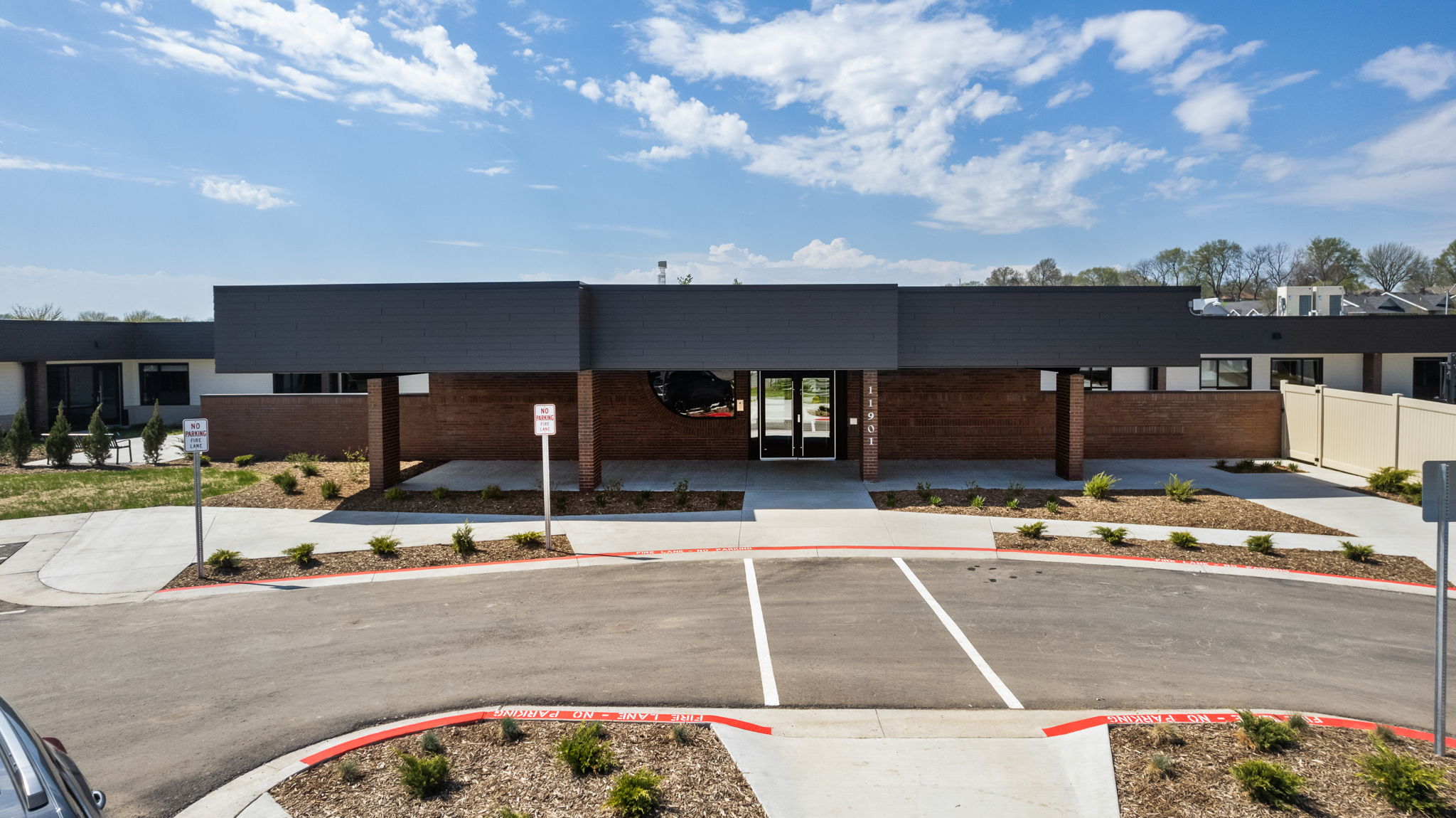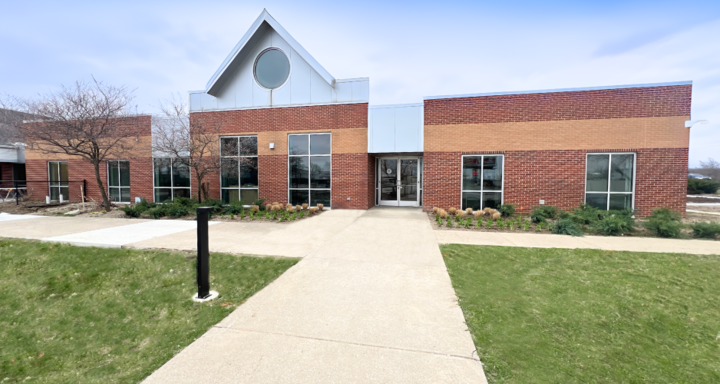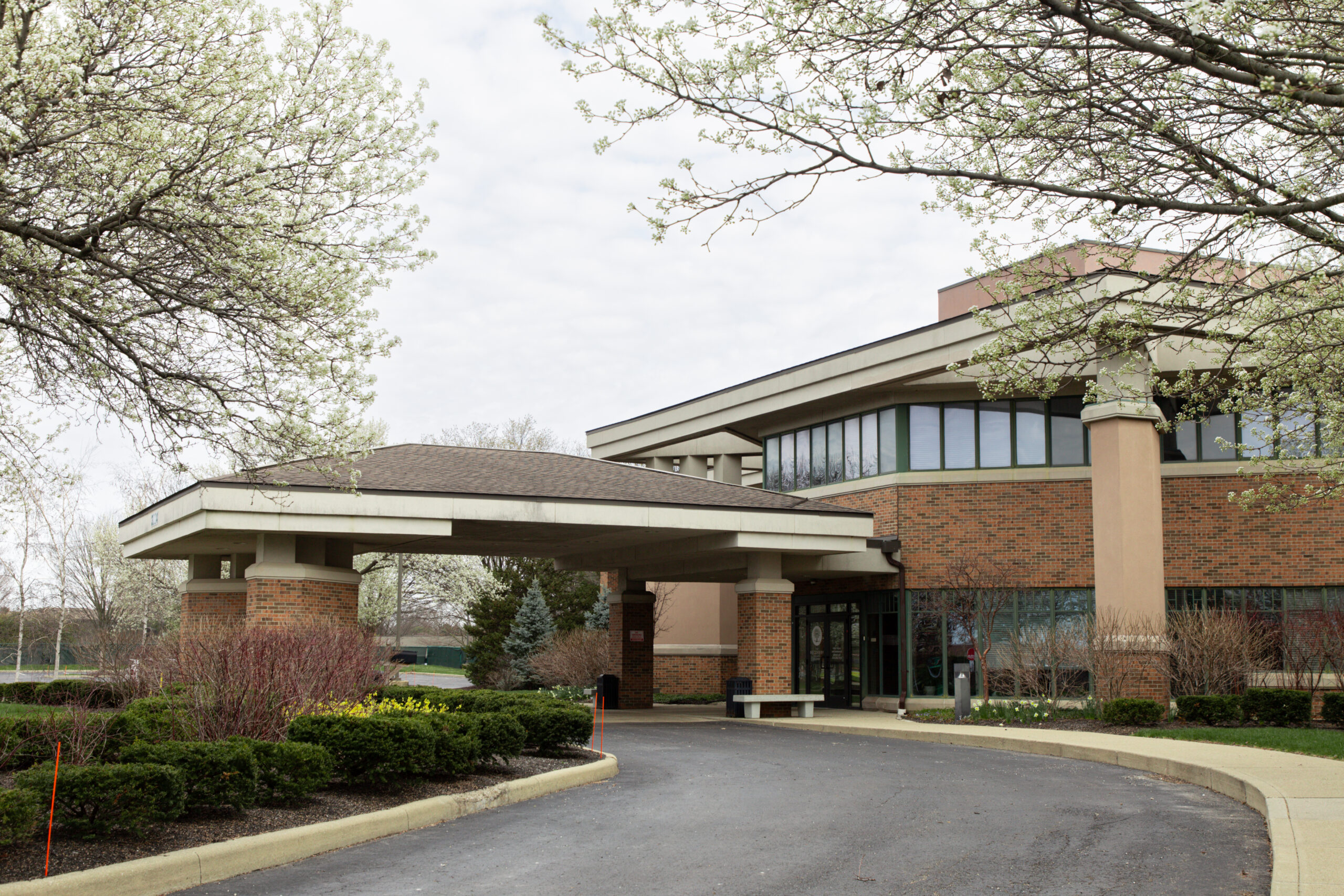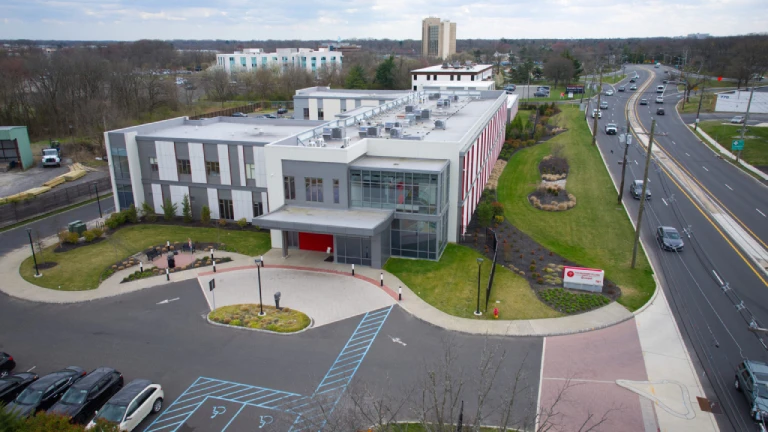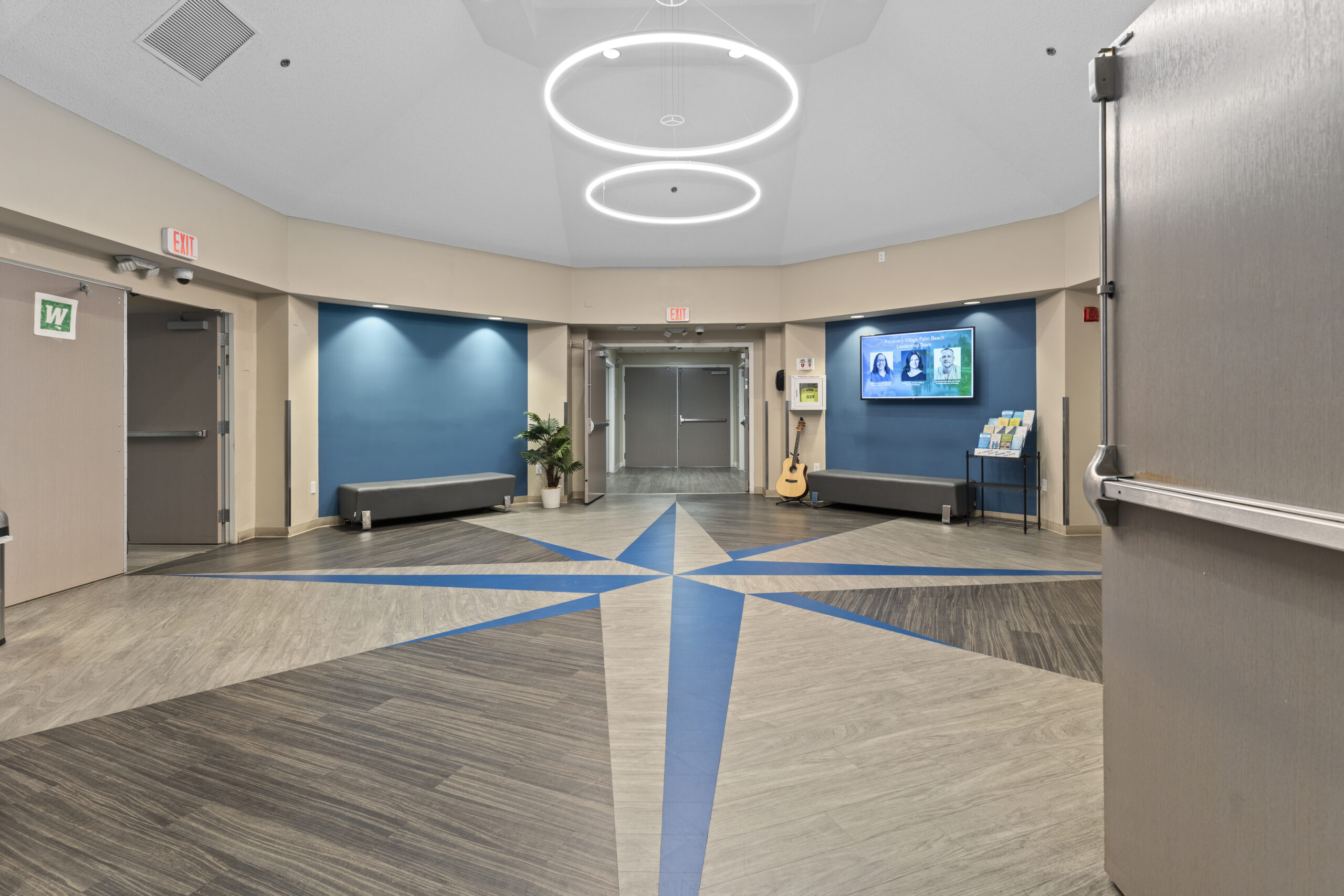Illicit drugs are illegal to make, sell or consume. Many illicit drugs are highly addictive and dangerous. Learn more about the risks of illicit drug abuse.
What Are Illicit Drugs?
Illicit drugs are defined as substances that are illegal to possess, have no medical applications and can be dangerous to consume. To answer the question, “What are illicit drugs?” most illegal drugs are unregulated substances like heroin, cocaine and marijuana, but this term also encompasses prescription drugs that are acquired illegally and chemically compromised, likefentanyl, which is often combined with heroin.
The uses and safety implications of prescription andillicit drugsare evaluated bythe Drug Enforcement Administration (DEA), which categorizes drugs into schedules based on their medical applications and abuse potentials. These categories range from schedule I drugs, which are substances with high abuse potentials and low medical values, to schedule V drugs, which are non-addictive drugs with proven medical uses. Mostillegal drugs, including heroin, LSD, marijuana and ecstasy, are labeled schedule I, although someillicit substances, like cocaine and methamphetamine, are categorized as schedule II drugs.
As their DEA schedules explain, most illicit drugs are not safe for medical or recreational purposes and can be addictive. Illegal drug use can have severe consequences, includingaddictionandoverdose. People who are dependent on drugs may needprofessional treatmentto overcome a substance use disorder.
Dangers of Illicit Drugs
The use of illegal drugs is dangerous at best and deadly at worst.Illicit drug usecan be a perilous gamble for numerous reasons, including:
- Manyillegal drugsare highly addictive
- Illegal drugsare unregulated, meaning their potency is often unknown, or undisclosed
- Many drug dealers “cut,” or mix,illicit substanceswith other dangerous drugs
- Injectingillegal drugscan raise a person’s risk ofcontracting diseases like HIVand hepatitis
A person who uses illegal drugs also risks becoming dependent on the substances they use. It is possible for someone to develop a physical tolerance to illicit drugs, meaning that over time they will need to take larger quantities of the drugs to achieve the same effects. However, taking large amounts of any drug, prescription or illicit, can result in a fatal overdose or spur a long-term substance use disorder which may require rehab. Despite these dangers, illicit substance abuse is a major issue in America.
Statistics on Illicit Drug Use
Each year, the Substance Abuse and Mental Health Services Administration compiles comprehensive data on drug use in America. Their annual report, theNational Survey on Drug Use and Health, explains the current prevalence of substance use disorders and mental illnesses, and includesstatistics on illicit drug useandprescription drug abuse. According to the most recent survey data,illicit drug useis a complex and growing problem in the United States.
At a Glance: Illicit Drug Use in America
According to national data, in 2017:
- More than 30 million Americans usedillicit drugs
- Roughly 1 in 9 people engaged in illegal drug use within the month prior to the survey
- Approximately 2 million people were currently using cocaine, with 473,000 people using crack cocaine
- An estimated 594,000 young adults ages 18–25 used hallucinogens like ecstasy, LSD and ketamine
- Although 494,000 people were currently using heroin, 652,000 Americans had a heroin use disorder
- Nearly 1 in 5 young adults, ages 18–25, were using marijuana
- Almost 964,000 Americans had a methamphetamine use disorder
Types of Illicit Drugs
There are several different types of illicit drugs and each has different effects on the body. Illicit drugs examples include stimulants like cocaine, narcotics like heroin, hallucinogens like LSD, and depressants or sedatives.
A comprehensive list of illegal drugs and unregulated substances may include:
- Ayahuasca
- Bath salts
- Cocaine
- Crack
- Ecstasy (MDMA)
- Heroin
- LSD
- Marijuana
- Methamphetamine
- Mephedrone
- Mushrooms
- Peyote
- PCP
- Salvia
- Spice, or K2
Is My Loved One Addicted to Illicit Drugs?
If you’re worried that someone you love may be addicted to an illegal drug, this quiz can help you match behaviors that your loved one may exhibit to common signs of illicit drug addiction. Take The Quiz
Cocaine
Drug class: Stimulant
DEA classification: Schedule II
Common names: Coke, snow, blow, white, dust, or powder
Popularized by movies and TV shows,cocainesometimes appears to be the ultimate party drug. However, thisillegal drugis highly addictive and is often mixed with other harmful substances like boric acid, amphetamines and local anesthetics. As a white powder, cocaine can be snorted, smoked or injected. The drug releases a rush of dopamine in the brain, followed by a debilitating crash. People who use cocaine repeatedly can develop a cocaine use disorder and may need to seek professional treatment to overcome this addiction.
Learn More About Cocaine:
Crack
Drug class: Stimulant
DEA classification: Schedule II
Common names: Rocks, candy, gravel, dice, or snow coke
As a type of crystallized cocaine,crackis produced by mixing cocaine powder with water, ammonia and baking soda. This variant of cocaine can be tan or yellow in appearance and may resemble rock candy. Crack is often smoked in crack pipes and can be just as addictive as powder cocaine, if not more so. Given that an addiction to crack cocaine can have life-threatening consequences, rehab is advisable for anyone who struggles with this kind of substance use disorder.
Learn More About Crack
Ecstasy
Drug class: Stimulant
DEA classification: Schedule I
Common names: Molly, XTC, Adam, candy, beans, dancing shoes, or love drug
Ecstasyis the common name of the synthetic drug 3,4-methylenedioxy-methamphetamine or MDMA. As a popular club drug, ecstasy is often abused for its psychoactive and hallucinogenic effects and serotonin-boosting abilities. Ecstasy can look like colorful candies or embossed tablets and is normally ingested orally. Short-term effects of ecstasy can include an elevated mood and increased energy, and MDMA may be less addictive than other illegal stimulants.
Learn More About Ecstasy
Heroin
Drug class: Opioid
DEA classification: Schedule I
Common names: Dope, junk, H, smack, tar, skag, horse, or brown sugar
As one of the drugs that spurred the American opioid epidemic,heroinis one of the most commonly abused opiates and was responsible for15,948 overdose deathsin 2017. Derived from the opium poppy plant, heroin can be a powder or a substance resembling black tar. Whether heroin is injected or smoked, it binds to the brain’s opioid receptors to create a euphoric high. Heroin is extremely addictive, and its use can lead to a debilitating substance use disorder. Rehab for heroin addiction is often necessary for people who use thisillicit drug.
Learn More About Heroin
Marijuana
Drug class: Psychoactive hallucinogen
DEA classification: Schedule I
Common names: Weed, pot, kush, ganja, bud, grass, or Mary Jane
Cannabis, ormarijuana, is one of the most widely used, and controversial, illicit substances in America. Marijuana is considered less dangerous than the majority of illegal — and even legal — drugs and has been legalized for medical and recreational use in some states. Derived from the cannabis plant, marijuana can be smoked in its dried leaf form, baked into foods or ingested as an oil. The active chemical in cannabis, delta-9-tetrahydrocannabinol, or THC, produces euphoric, relaxing and psychoactive effects. However, marijuana use can be dangerous, and marijuana use disorders often require comprehensive treatment.
Learn More About Marijuana
Methamphetamine
Drug class: Stimulant
DEA classification: Schedule II
Common names: Meth, ice, crank, or chalk
Commonly referred to as meth, or crystal meth,methamphetamineis a highly addictive type of amphetamine. Often created in illegal drug labs, meth can be a crystalline substance that is clear or blue, and is often snorted, smoked or injected. All forms of meth stimulate the central nervous system and cause the brain to produce unnatural amounts of adrenaline and dopamine. Given that meth can be up to three times as potent as cocaine, people who use this drug can develop methamphetamine use disorders and may need to seek rehab to overcome a meth addiction.
Learn More About Methamphetamine
Treatment for Illicit Drug Abuse
Drug addiction is a chronic disease that often requires professional treatment. Detox clinics,substance abuse counselorsand outpatient facilities have different levels oftreatment for illicit drug abuse, butrehab centers, like The Recovery Village, offer the most comprehensive care. Drug and alcohol rehab facilities often providea variety of progressive programs, which allows clients to transition from one level of care to the next as they progress through therapy. This allows them to overcome addiction safely and effectively.
A continuum ofillicit drug treatmentprograms can include:
- Medically assisted detox
- Inpatient, or residential
- Partial hospitalization
- Intensive outpatient
- Outpatient
- Aftercare planning
If you struggle with an addiction to illegal drugs or know someone who needs help for a substance use disorder, don’t hesitate to seek help. The Recovery Village has locations across the country and offers flexible rehab programs that can be customized to meet your unique mental and physical needs.



